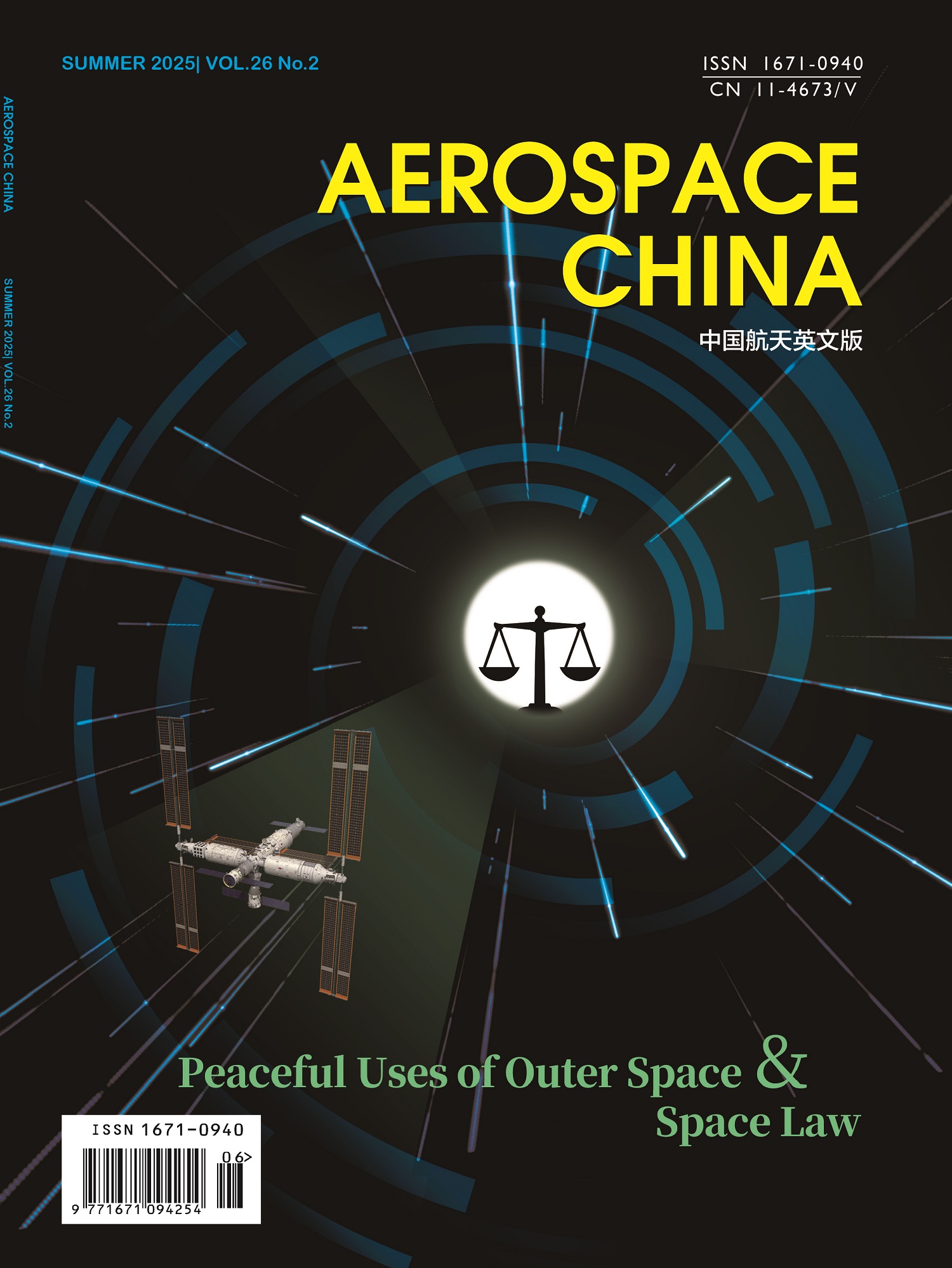In-Orbit Calibration and Data Analysis of China’s First Grazing Incidence Focusing X-Ray Pulsar Telescope
LV Zhengxin, MEI Zhiwu, DENG Loulou, LI Liansheng, SHI Yongqiang, CHEN Jianwu, ZUO Fuchang, LIU Ke, WANG Chunyu, ZHANG Jianfu, MO Yanan, WANG Shuyan, ZHAO Yuan
2017, 18(3):
3-10.
doi:10.3969/j.issn.1671-0940.2017.03.001
 Abstract
(
251 )
Abstract
(
251 )
 PDF (664KB)
(
278
)
Related Articles |
Metrics
PDF (664KB)
(
278
)
Related Articles |
Metrics
The grazing incidence focusing X-ray pulsar telescope (iFXPT), as the main payload of the X-ray Pulsar Navigation Test Satellite (XPNAV-1), will have great significance on China’s space scientific exploration and X-ray pulsar navigation. With PSR B0531+21 (Crab Pulsar) as the observation target, the pulsar profile has been recovered based on the data obtained by iFXPT, realizing the main objective of “observing” PSR B0531+21 for the first time in China.
This payload mainly consists of the Wolter-I X-ray optics, silicon drift detector, magnetic deflector, electronics, high-en�ergy particle shield and high-stability structures. Currently, the iFXPT, with its good in-orbit performance, has obtained a considerable observation data. The effective area, sensitivity and energy response have been calibrated both on ground and in-orbit, demonstrating a high degree of consistency. Meanwhile, the in-orbit observation data and information for pulsar navigation has also been analyzed simultaneously. As a result, the feasibility of the exploration scheme and the performance of the telescope have been fully validated.



